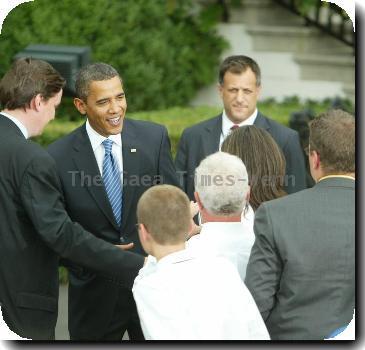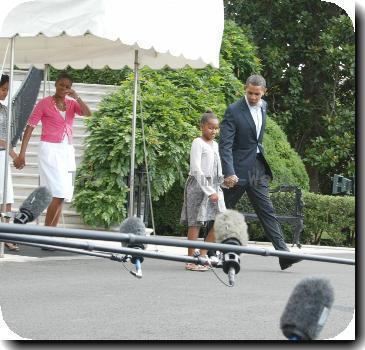17 states join efforts to increase college completion rates by 2020
By APTuesday, March 2, 2010
17 states to fight dismal college completion rates
BOISE, Idaho — More than a dozen states have formed an alliance to battle dismal college completion rates and figure out how to get more students to follow through and earn their diplomas.
Stan Jones, Indiana’s former commissioner for higher education, is leading the effort with about $12 million in startup money from several national nonprofits including the Bill and Melinda Gates Foundation.
About one in every two Americans who start college never finish, said Jones, who founded Complete College America, a Washington, D.C.-based nonprofit, last year.
The U.S. has focused on access to higher education for the past several decades, and states need to turn their focus toward how many students actually graduate after they get in, even if it means using a funding structure that is based on degree completion instead of attendance, Jones said Tuesday.
“It’s going to take a substantial amount of work over a substantial amount of time in order to get the kind of improvement we need,” he said.
The campaign’s goal: Make sure 60 percent of adults between the ages of 25 and 35 hold an associate or bachelor’s degree by 2020, up from the 38 percent that now claim this status.
The benchmark falls in line with President Barack Obama’s desire to once again make the U.S. the leader in college attainment by 2020. The U.S. led the world in the proportion of citizens with college degrees for decades but has been overtaken by other countries in recent years.
Obama stressed the importance of higher education in his State of the Union speech, saying “a high school diploma no longer guarantees a good job.”
At least 17 states have pledged to consider policy changes and draft ambitious plans to boost their college completion rates: Connecticut, Hawaii, Idaho, Illinois, Indiana, Maryland, Massachusetts, Nevada, Ohio, Oregon, Pennsylvania, Rhode Island, South Dakota, Tennessee, Utah, Vermont and West Virginia.
The states have also committed to addressing the gap in earning degrees between low-income and minority students and their classmates.
Nationwide, about half of white students who enter college complete a degree. That compares with about one-third of African American and Hispanic students, said Jeannie Oakes, director of educational equity and scholarship at the Ford Foundation, which is backing the campaign launched this week.
“That’s a huge problem,” Oakes said.
Public universities across the country are launching similar campaigns to boost graduation rates.
California State University, the nation’s largest four-year system with 23 campuses and more than 400,000 students, announced in January an ambitious initiative to boost the percentage of students who graduate in six years from 46 percent to 54 percent by 2016.
And while some question the likelihood those efforts will succeed amid deep cuts in state funding for public higher education, there could eventually be money at the federal level for those states that are successful, Jones said.
A bill to oust private lenders from the student loan business and put the government in charge includes grant money for programs to improve community colleges and college graduation rates, among other things.
“Our expectation is through the course of this next year, there may very well be federal dollars available,” he said.
Tags: Barack Obama, Boise, Education Issues, Graduation, Higher Education, Idaho, North America, Philanthropic Foundations, Philanthropy, United States

